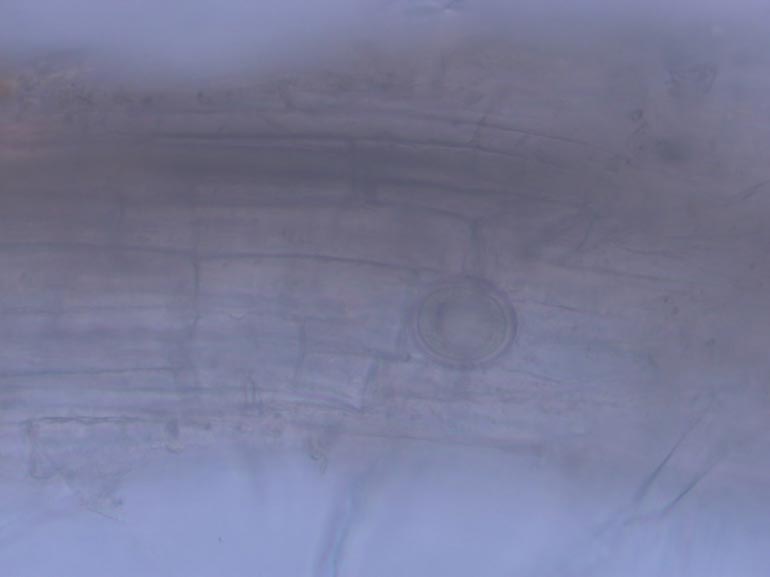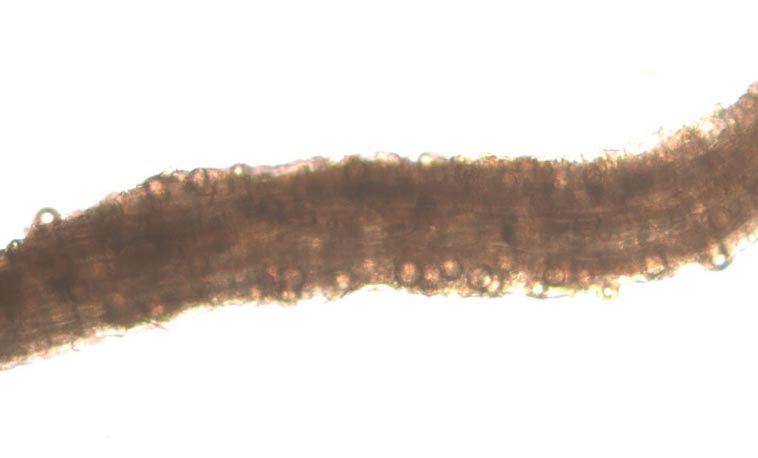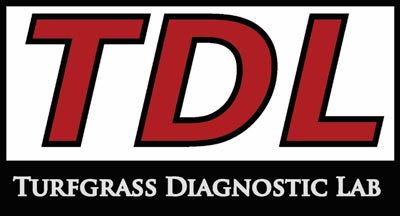Editor’s note: This article was originally published in the July/August 2018 issue of The Grass Roots, the official publication of the Wisconsin Golf Course Superintendents Association.
There was a great deal of talk this spring and summer about Pythium diseases here at the Turfgrass Diagnostic Lab, particularly about Pythium root rot. I think there has been some confusion as to what the differences and similarities are among these very different diseases. I would like to highlight some of the differences here, to help everyone understand these diseases a little better. In particular, I’m going to focus on Pythium root rot and Pythium root dysfunction, and on why these two diseases are different from Pythium foliar blight and different from each other.
Pythium species are not technically fungi and are often referred to as fungal-like organisms. A more technical name for this group of fungi is oomycetes (OH-oh-my-seats), and this class contains many other genera of fungal-like organisms. This is why many conventional fungicides have little to no effect against Pythium diseases. True fungi differ from oomycetes in many ways, including morphology, physiology, genetics, ecology, epidemiology, and chemical composition of cell walls.
Pythium root rot
Pythium root rot is caused by a variety of Pythium species and has been observed on nearly every turfgrass species cultivated for golf course use. Unlike Pythium root dysfunction, Pythium root rot does not have a defined optimal temperature range. Rather, Pythium root rot infection is governed by the extended presence of free water in the root zone — not heat and humidity. Hence, Pythium root rot can cause damage over a wide range of temperatures as long as the ground is saturated with water from recent heavy rains and/or poor surface or subsurface drainage.

Figure 1. Round, double-walled oospores can be seen embedded all over affected roots. These are survival structures that the Pythium organism leaves behind. Images courtesy of Kurt Hockemeyer
Pythium root rot symptoms are usually smaller (< 1 foot in diameter) and more irregular than those of Pythium root dysfunction, though this is not always the case. Microscopically, the infected roots will appear black and rotted, and they will be incapable of transporting water and nutrients to the upper portions of the plant. Oospores can be seen in many roots (Figure 1).
Pythium root dysfunction
Pythium root dysfunction is caused primarily by Pythium volutum. To date, Pythium root dysfunction has been observed only on creeping bentgrass putting surfaces, and it is usually most severe on more recent creeping bentgrass constructions.
The pathogen infects when soil temperatures are between 50 and 75 degrees Fahrenheit, but like take-all patch, the symptoms do not appear until hot and dry conditions lead to rapid root dieback and wilting plants. Typically, plants wilt in roughly circular patches that can be up to 2 feet in diameter. If left unchecked, the symptoms will progress to eventual plant death.

Figure 2. A much more severe infection by the Pythium organism. Many oospores are embedded in this root.
Microscopically, infected roots usually appear relatively healthy at first glance, but closer inspection reveals the widespread presence of the pathogen (Figure 2). Plants affected by root dysfunction sometimes have very few root hairs.
Distinguishing between these two diseases by looking through a microscope is very difficult. Therefore, differentiation is going to be made by looking at field symptoms, age of the turf, and general color and structure of the root system. Pythium root dysfunction is one of the most over-diagnosed diseases in turf. It occurs only under a very narrow set of conditions.
Handling Pythium diseases
One of the points of confusion I’ve heard this year has been the assumption that what we know about Pythium foliar blight also applies to these Pythium root diseases.
Pythium foliar blight can rapidly kill large areas of turf very quickly under hot and humid conditions. One of the more frustrating things I’ve heard this year has been that fungicides are being applied following a Pythium root rot diagnosis because hot weather is approaching. Hot weather may make symptoms appear because of a compromised root system, but infection is only going to occur in excessively saturated soils. So, fungicide applications should be timed before three straight days of rain, not necessarily a period of heat and humidity. Efforts should be made to reduce excessive soil moisture if possible and encourage more rooting.
Another sentiment I heard this year was turf managers dreading that all of their grass could be dead by the next morning after a diagnosis of Pythium root rot. Root rot can be a devastating disease, but foliar blight is in a class all by itself in how fast turf areas can be completely wiped out. As mentioned, cultural practices that help reduce disease severity should be implemented, and then if environmental conditions are going to be conducive for disease development, a Pythium-specific fungicide can be used to protect plants against an infection. Also, fungicide applications are not going to eradicate Pythium from your roots — they will only protect roots from new infections.
Hopefully this article helped to differentiate some of the finer points between a few of the Pythium diseases. North Carolina State University has done much more diagnostic and research work with these diseases than we have here in Wisconsin, and the university’s extension publications on Pythium root diseases contain more specific information.
Kurt Hockemeyer works in the Department of Plant Pathology at the University of Wisconsin-Madison. He is the manager of the Turfgrass Diagnostic Lab and also oversees all turf pathology field trials conducted at the O.J. Noer Turfgrass Research and Education Facility. He received his master’s in turf pathology from Purdue University.
